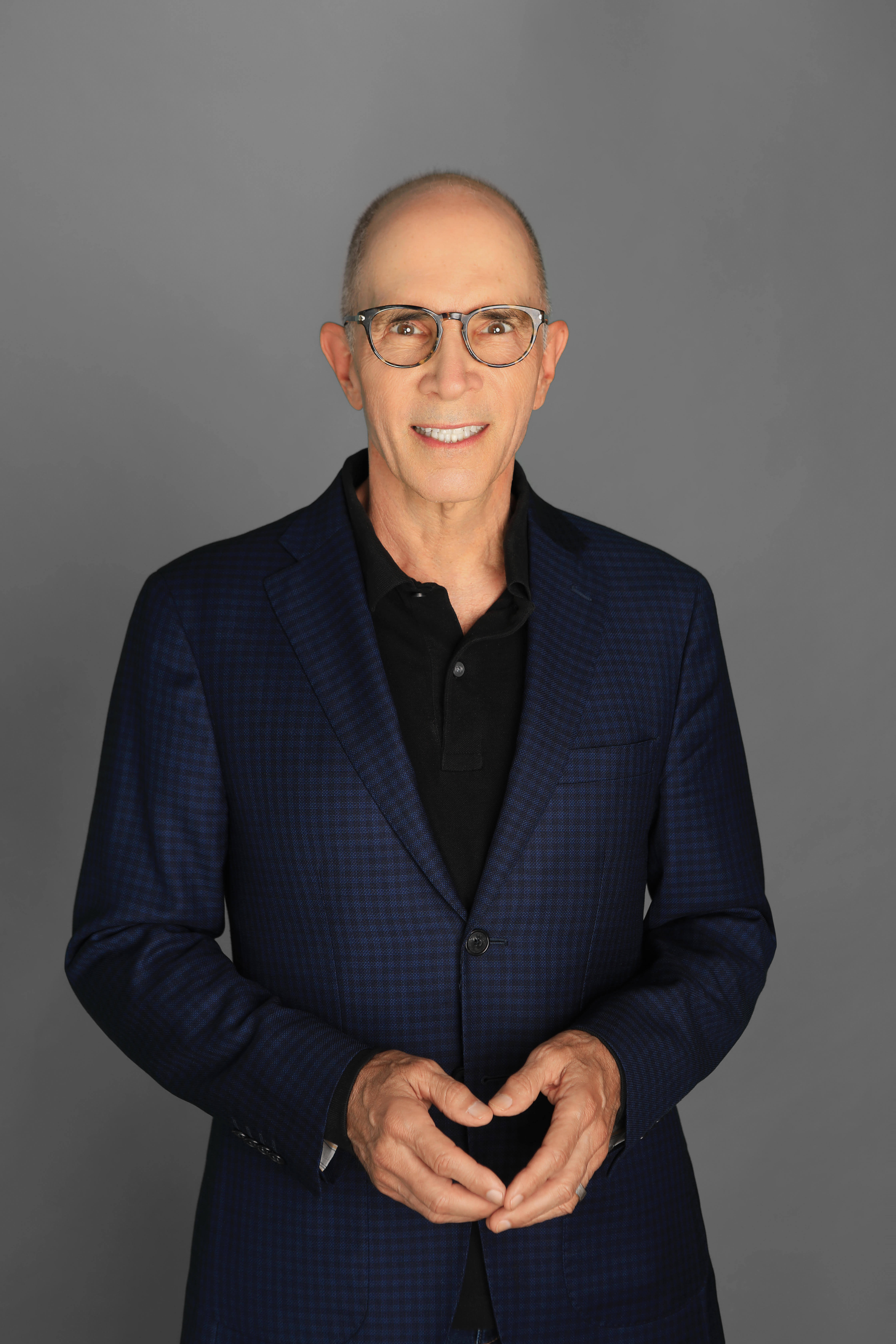Your clients trust you. The regulars spend a good deal of time with you, sharing details of their lives. Up close and personal, you are a witness to how they are caring for their skin. Every day you see the effects of glycation, dehydration, barrier damage, inflammation, stress, and ultraviolet exposure.
Yet, you also know how hard it is to help clients have beautiful skin if they have a crappy diet. The largest organ of the body, skin, reflects what is taking place internally. When key vitamins, minerals, and fiber are lacking and someone’s diet is laden with refined carbohydrates, added sugars, excessive omega-6 fats from refined oils, and preservatives from processed foods – skin reacts negatively. The client then comes to their skin care professional to improve their skin from the outside in.
THE NUTRITION-SKIN CONNECTION
For a long time, the prevailing wisdom has been that diet, with the frank exception of severe vitamin deficiency, does not have much to do with the appearance of skin; most notably, diet didn’t affect acne. Believe it or not, there are still some medical professionals who cling to this paradigm today. A paper that reviewed 53 studies published on acne and diet between 2009 and 2020 conclusively showed the foods and diets that impact acne.1 Today’s clients want help getting their acne under control, but they want more than that. They want glowing, radiant skin. This requires a beauty from within approach.
Want to read more?
Subscribe to continue reading this article, plus gain access to all DERMASCOPE has to offer.
SUBSCRIBE

Dr. Mark Tager is the CEO of San Diego-based ChangeWell Inc., an organization that trains and coaches certified nutritionists, licensed aestheticians, and other healthcare practitioners to enhance their craft. As a physician, he is well grounded in aesthetic, lifestyle, regenerative, and integrative medicine. He has served as the founding Chief Marketing Officer to introduce the Fraxel laser and as CMO of Syneron. A prolific author and speaker, he has written eleven books, the latest being “Feed Your Skin Right: Your Personalized Nutrition Plan for Radiant Beauty.” Dr. Tager is also the producer of the nine-hour online training program Inside Skin Beauty.